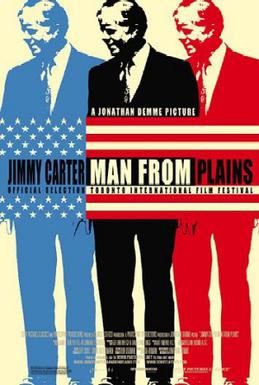 One of the recurring themes of this blog is the problem of evil. My first real post was titled "Theodicy at the Movies". But my interests are all of pop culture, not just movies. Today I want to discuss a graphic novel. Comic book auteur Will Eisner coined the term "graphic novel" as a fancy word for a literary comic book. And what's a comic book but a non animated cartoon?
One of the recurring themes of this blog is the problem of evil. My first real post was titled "Theodicy at the Movies". But my interests are all of pop culture, not just movies. Today I want to discuss a graphic novel. Comic book auteur Will Eisner coined the term "graphic novel" as a fancy word for a literary comic book. And what's a comic book but a non animated cartoon?The title piece in Eisner's seminal graphic novel (actually a collection of graphic short stories, but graphic literature in any case) A Contract With God (Eisner, 1978) is an interesting exploration of the problem of evil -- interesting because, like much great literature, it is open to multiple interpretations. Indeed, I would say that the story's ambiguity is its point. Like the problem of evil itself (at least in Eisner's view), the story is a mystery with no solution.
 This is a very Jewish bit of theology. One of my favorite things about Contract is the way Eisner sometimes draws question marks in a font that resembles the Hebrew alphabet. Another example of this font is the word "God" on the cover, shown above left. To the right is one point where we see the Hebrew-esque question mark.
This is a very Jewish bit of theology. One of my favorite things about Contract is the way Eisner sometimes draws question marks in a font that resembles the Hebrew alphabet. Another example of this font is the word "God" on the cover, shown above left. To the right is one point where we see the Hebrew-esque question mark.It is important that Eisner doesn't always draw question marks this way. He reserves this font for theological questions. Moreover, the only place he uses this Hewbrew font (other than the title) is in these theological question marks. It is as if Eisner sees the essence Hebraic thought as an unsolvable mystery, perhaps drawing on the tradition according to which the word Israel means "he who wrestles with God". And for the Jews, a nation persecuted for thousands of years, this wrestling revolves around the mystery of evil.










